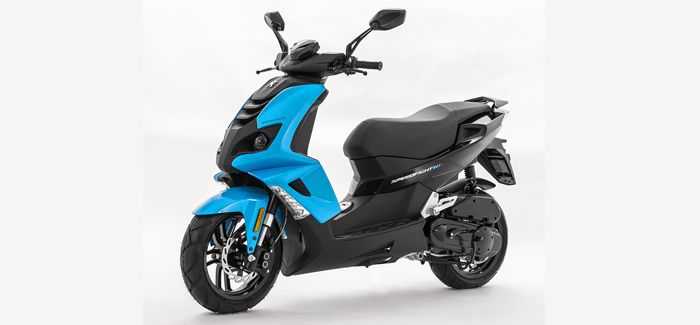
Types of motorbike insurance excess explained
There are two forms of insurance excess that you should be aware of when getting motorbike insurance. They determine how much money you will pay to make an insurance claim.
1. Compulsory Excess
Compulsory excess is an amount of money that the insurer says you must pay towards the cost of any damages in the event of a claim (a request for a payment in accordance with your insurance policy).
The amount of your compulsory excess depends on the type of insurance you have.
Do I have to pay my compulsory excess if it’s not my fault?
If the accident is not your fault, your insurer will often waive your compulsory excess meaning the claim will be paid in full. If the accident is your fault then you must pay the excess in full.
2. Voluntary Excess
This is an amount that you tell your insurer you will be willing to pay upfront in the event of a claim (a request for a payment in accordance with your insurance policy) to them.
It means that if you have an accident and need to pay for repairs, you will have to pay that amount towards the repairs. So, for example, if you offer to pay £250 ‘voluntary excess’ you are volunteering to pay £250 towards the costs. The £250 is the ‘excess’.
Do I have to add voluntary excess to my insurance policy?
Voluntary excess is not compulsory but the higher the amount of excess you add to your policy, the lower your premium will be.
Remember, you will be asked to pay the amount if you make a claim, so don’t say you can afford more than you can.
See how much you can save
Compare quotes from 37 insurers






